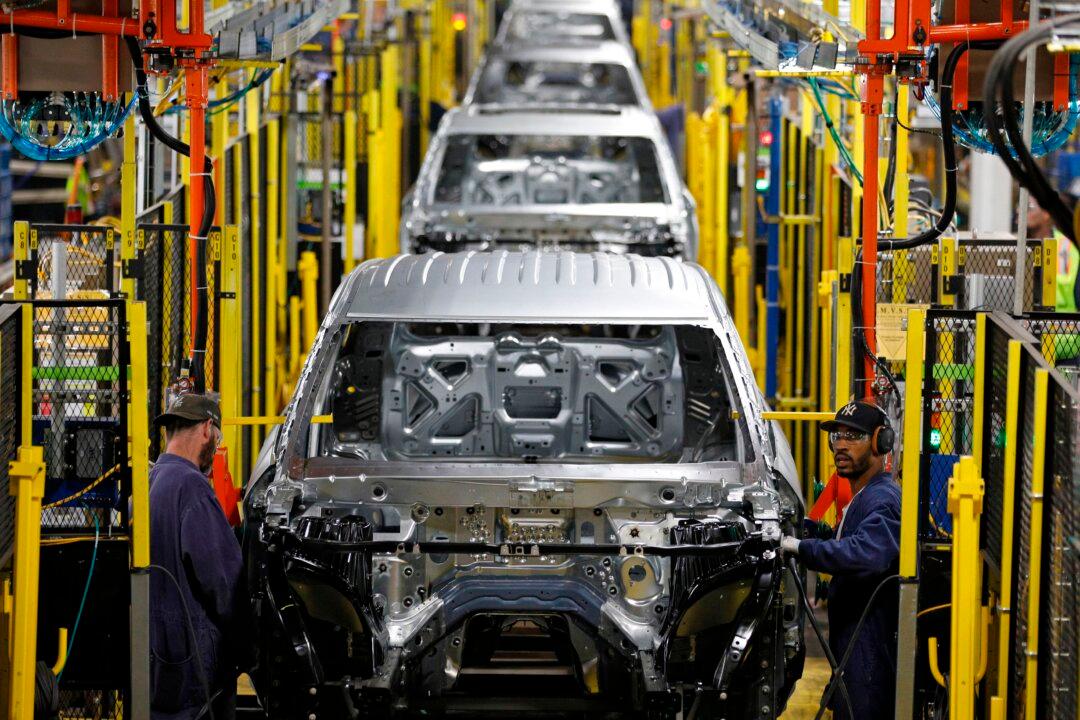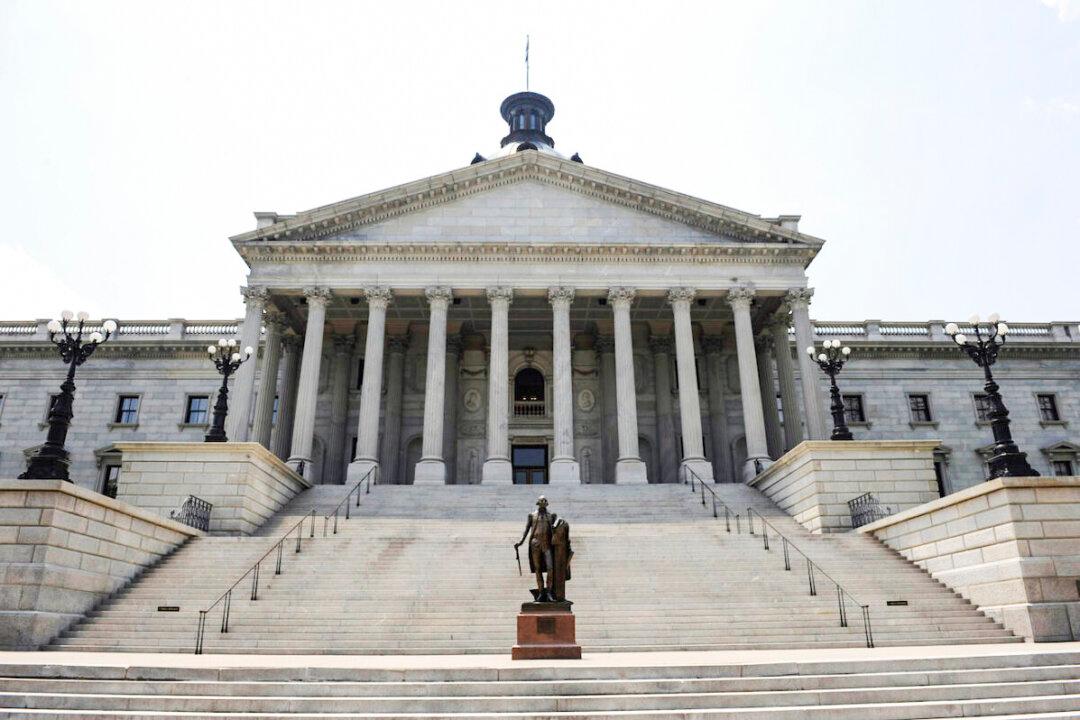Two interest groups are at odds over a proposal in the $1 trillion federal infrastructure bill that would require all passenger cars to feature drunk and impaired driving sensors by 2024.
For Mothers Against Drunk Driving (MADD), President Joe Biden’s bill represents a huge victory, said Stephanie Manning, the group’s chief government affairs officer.
Media only discovered the proposal on Aug. 2, although the bill has been debated for months.
Manning said it was bittersweet to see the measure pass hidden in the 2,700 page infrastructure bill rather than in its own legislation. But that method avoided a political fight about the issue.
“Once this becomes law and we start the rulemaking process, we’re going to hopefully start educating consumers and the public about why this has to happen, she said. “And it won’t be sort of hidden in the pages of a document anymore.”
Jackson Shedelbower, the communications director of the American Beverage Institute (ABI) said hiding such an important rule was an attempt to sneak around public dislike for the bill.
In 2019, the three-page RIDE Act asked Congress to mandate drunk and impaired driving sensors, but died in Congress without a vote. In 2021, a similar RIDE Act currently has an extremely low chance of passing.
But when Biden’s infrastructure bill hid this provision in over 2,700 pages of text, it passed the House and may soon pass the Senate.
“It’s indicative that they’re trying to sneak it by,” said Shedelbower. “I think that if people really had a chance to take a look at it and consider it, it would be an unpopular idea.”
The technology the bill recommends is new and potentially unreliable, he said. If applied on a nationwide scale, it would inconvenience millions even if it worked almost perfectly.
Drunk and impaired driving sensors have been in development since 2006, said Manning. The auto industry has poured billions into their creation, and government-funded research group Driver Alcohol Detection System for Safety (DADSS) has spent millions to develop a working product.
Sensor technology in cars faces many obstacles, said Shedelbower. Road vibrations, extremes in temperature, and weather affect even simple devices like radios. These continencies will harm sensitive detectors even more.
Complex sensors will malfunction under these conditions, he said. Even if the technology works at 99.99966 percent accuracy, it will still make errors 1,241,000 times each year. It’s also unclear how easy it might be for drunk drivers to trick the system.
“Even these current breathalyzers that law enforcement uses, if they’re not maintained properly, they can even be problematic with accuracy,” said Shedelbower. “The actuality of these new DADSS sensors is that if they’re installed on all vehicles, they’re going to malfunction, which is going to cause a number of problems.”
Malfunctions with the system mean immobility, not mild irritation, he added.
“These systems are more invasive,” he said.
MADD argued that the deaths caused by drunk driving outweigh these issues and justify the way the bill was passed.
“This technology is going to be something that we firmly believe the public will support once the public is educated about what exists and what the potential is,” said Manning.
These systems work, said Manning. They’re already installed in many luxury model cars. If they don’t work, the government will find ones that do the job right.
Manning said the urgency of stopping drunk driving weighs on her. Every day, she meets people who have lost family and loved ones to drunk drivers.
Installing anti-drunk driving technology in every car is “no-brainer,” she said.
“These aren’t just statistics, these are real,” said Manning. “Imagine lining 10,000 people up in a stadium every year and saying, ‘These people are going to be gone next year because of a drunk driver, because of somebody’s illegal action.’”
Biden’s infrastructure bill mentions that drunk driving caused an estimated $44 billion in 2010 and killed 10,142 people in 2019. About a third of car deaths happen because of drunk drivers.
Drunk driving detection technology might save these people, she said. But besides the moral urgency of saving lives, she offered few reasons why everyone should have to pay for and use technology designed to stop the criminal actions of a few.
If technology prices remain the same, putting anti-drunk driving technology in every car will be expensive. Currently, companies charge $2,000 to $3,000 to outfit cars with the new tech, Manning said.
However, the components for the device usually cost around $200, she added. She said she believes that if this technology becomes mandated, Americans will only have to pay $200 more for their cars.
Shedelbower said that the ABI supports the current .08 blood alcohol limit and wants to keep people safe, but that drunk and impaired driving sensors aren’t advanced enough yet to be helpful.
The pressure to make drunk driving sensor technology useful now tends to ignore current realities, he said. It’s possible that groups attempting to end drunk driving are so focused on the problem that they don’t notice their solution’s issues.
“Everyone wants to save lives, and impaired driving remains a problem that needs to be fully tackled,” he added. “Perhaps down the line, technology will be the answer. But for now, it’s an imperfect idea that will sabotage both responsible consumers and road safety.”
Manning said MADD has been patient with auto manufacturers to create anti-drunk driving technology even when faced with pressure from drunk driving victims to act faster.
“A lot of our victims and survivors actually think it’s too reasonable and too fair,” said Manning. “Every year we wait, 10,000 people die and 300,000 more are seriously injured. I have internal struggles with victims and survivors who think we gave the auto industry too much time.”




